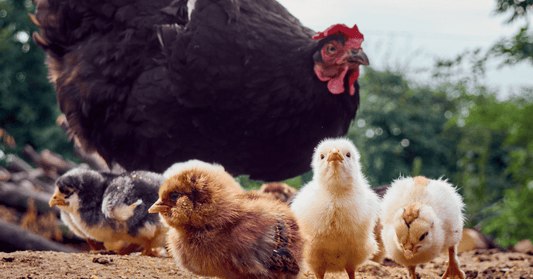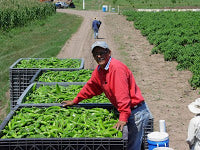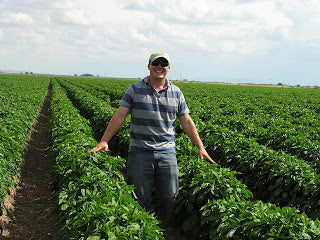
How A Farm in San Xavier Cut Costs & Reduce Water Usage By 50%
| Dr. Higa visits San Xavier Farm |
Bill Worthey, the farm manager, has been involved with EM Technology® since 1995. Bill used to run a cotton farm in the city of Marana (just North of Tucson) until the property he was leasing was sold into residential development in 2002. Bill took the conventional cotton farm from conventional growing methods to certified organic in three years through the use of EM•1® Microbial Inoculant. He says the crop did not suffer any reduction in yield during the transition period and actually increased yield in the last year of the transition. He also says that he was able to substantially cut costs in synthetic inputs and save nearly a 50% reduction in water usage.
The recent article focused on the alfalfa production and the native crops that are grown to help the Nation's people get back to crops that were the mainstay of the people's diet. These crops include tepary beans, pima lima beans, low-gluten pema club wheat, pumpkin squash, yellow-meated water melon, winter O'odham peas, and giswa (a 60-day corn). Many of these native crops were what kept the people from diabetes, which roughly 60% of the people have.
Although the native crops are grown, they are not really grown to support the farm's costs. The alfalfa is the main cash crop. Bill and his crew grow the alfalfa using Nature Farming (for more on Nature Farming, please visit EM New Zealand's website) methods, has the crops in a rotation program with the native crops and other market vegetables, and practices minimum tillage to reduce soil problems.
He prides himself on the yields of alfalfa, which is getting about 13.5 tons per acre over 9 cuttings. The protein value of the alfalfa runs about 21-22 percent and is sold locally, with demand growing yearly. One of his customers is the only raw dairy (bovine) in the state of Arizona (also a user of EM-1)
There are lots of plans for the future of this farm.
One of those includes making it a model EM® farm in the area to demonstrate how EM•1® can be incorporated into Native America farming practices which include sustainable practices (if not organic) and Native America staple crops. Plans include adding in some aquaculture and a herd of Red Angus cattle in the next few years. (Red Angus are better adapted to the heat of the Sonoran Desert than Black Angus).



